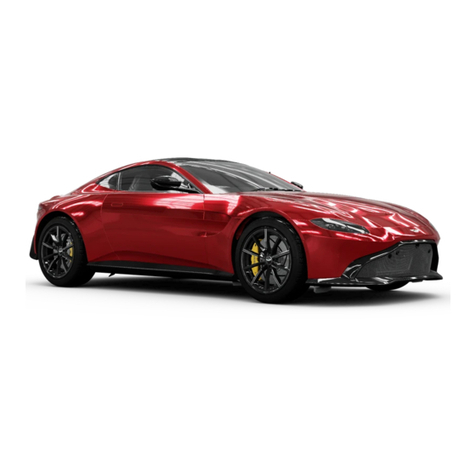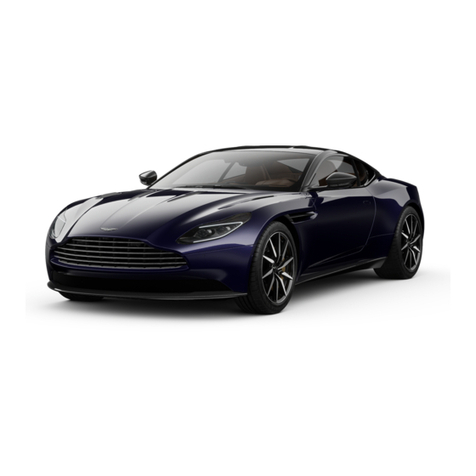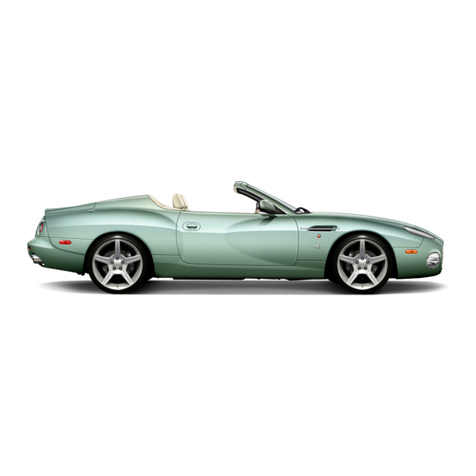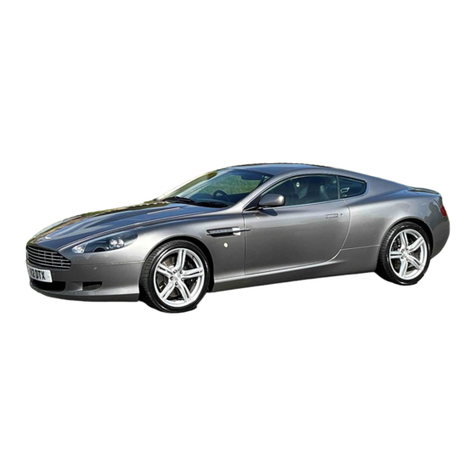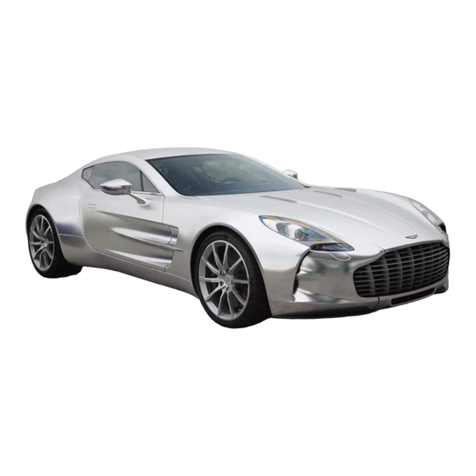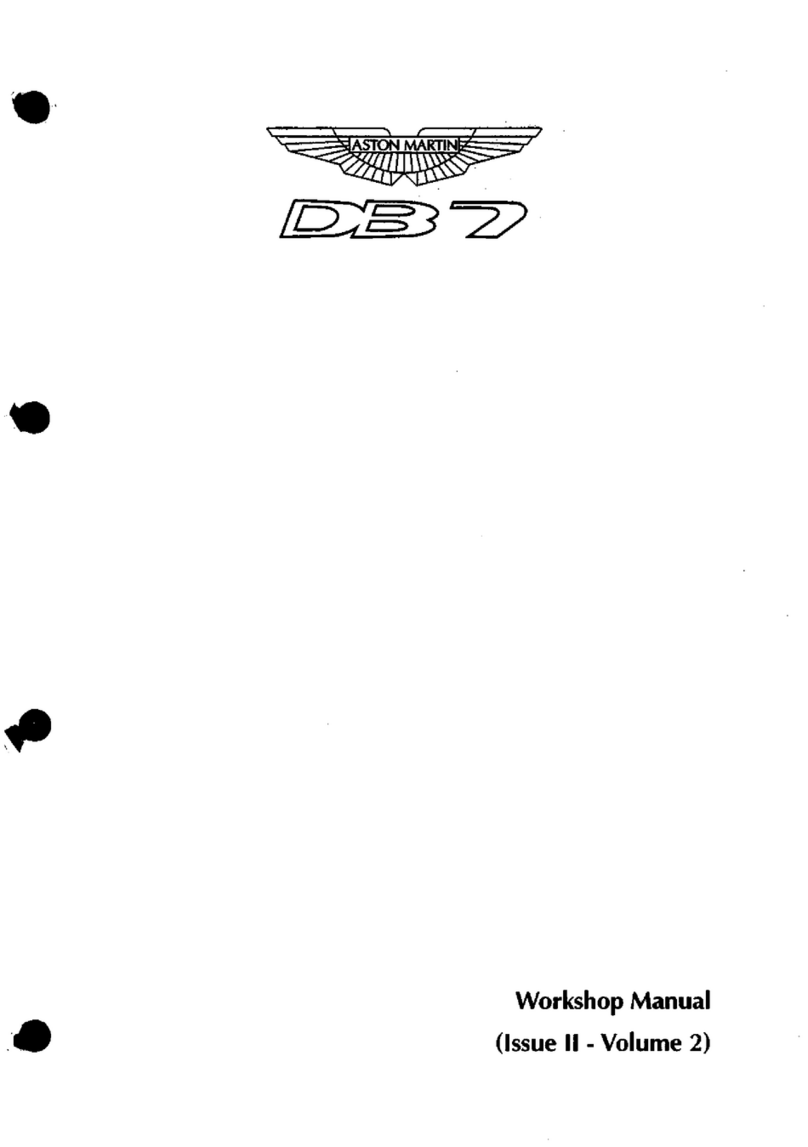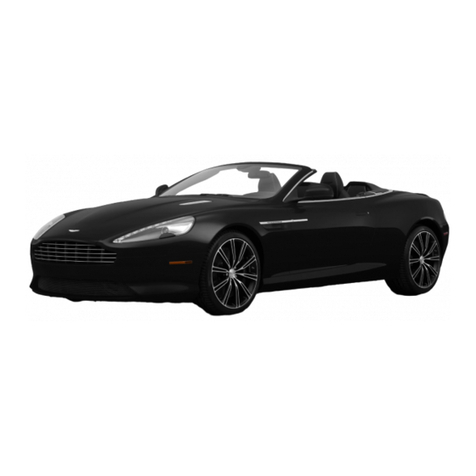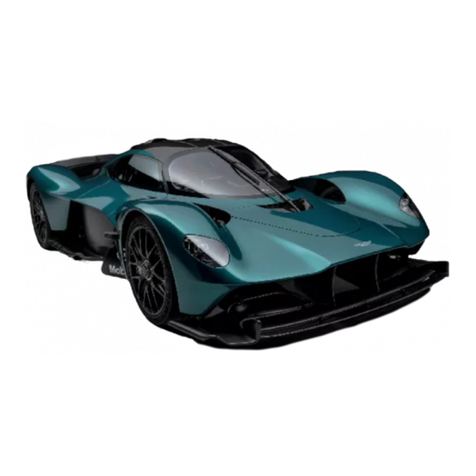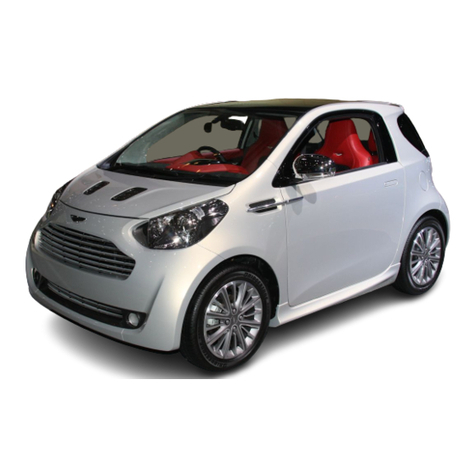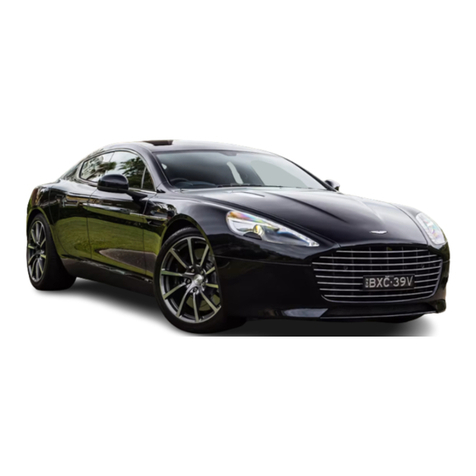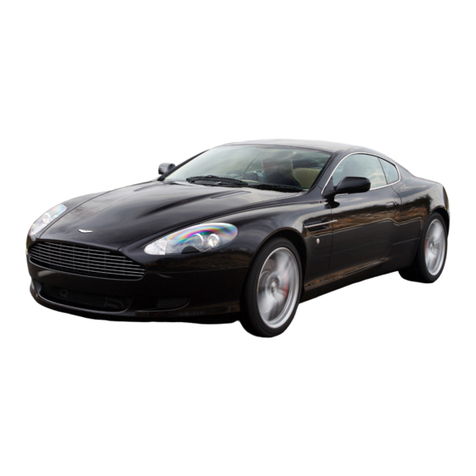Safety Precautions
October 2005 Workshop Manual 0-0-7
Safety Precautions
All service workshops are a source of potential danger and
repair work should only be performed by technically trained
staff following procedures detailed in this manual. A safety
conscious approach to the performance of all service
procedures must be observed at all times. Statutory
requirements governing all aspects of health and safety at
work including directives for the proper use of materials and
equipment must be implemented.
The following contains a list of particular safety precautions
which should be observed; it is not intended to be
exhaustive.
Battery Disconnection
When a service manual procedure requires the vehicle
battery to be disconnected - always physically disconnect
the vehicle battery earth (Negative) lead.
Do not use the ‘Battery Disconnect Switch’.
After reconnecting the vehicle battery the following items
will have to be reset or re-learnt:
•Radiopre-sets
•Windows
• DTCs will be lost
Air Conditioning (A/C) System
Do not break into the A/C refrigeration system until the
refrigerant has been evacuated using the procedure detailed
in this manual. Do not disconnect any A/C refrigerant system
pipes unless trained and instructed to do so. The refrigerant
used can cause blindness if allowed to contact your eyes.
Chemical Handling and Storage
Chemicals used in the servicing of motor vehicles include
acids, adhesives, antifreeze, brake fluids, coolants, grease,
oil, paint, resin and solvents. Exposure to certain chemicals
through direct contact or inhalation can be fatal.
Potential hazards may also be present through the incorrect
use, storage and handling of chemicals causing a fire risk.
The following precautions should be observed.
• Strictly adhere to handling and safety information found
on containers and labels.
• Do not store chemicals in unlabelled or incorrectly
labelled containers.
• Containers used for storing chemicals should not be left
open; there is a risk of spilling, or evaporation of fumes
which may be inflammable or toxic.
• Do not mix chemicals unless instructed to do so following
manufacturers guidelines.
• Do not inhale chemical materials to determine identity,
they may be toxic.
• Do not use petrol, kerosene, diesel fuel, gas oil, thinners
or solvents for washing skin.
• Containers whose capacity is over 25 litres (5 gallons)
require a bund wall in order to contain spillages.
• Chemicals based on solvents such as paint should not be
sprayed in a confined space; work areas used for such
operations should be well ventilated and fume extraction
equipment should be utilised.
• Ensure that adequate ventilation is provided when volatile
de-greasing agents are being used.
• Avoid splashing the skin, eyes and clothing.
• Clean chemicals from the skin and clothing as soon as
possible after soiling.
• Wear protective clothing such as goggles, non porous
gloves and apron when handling battery acid and other
corrosive and toxic substances.
Electrical Equipment
• Ensure that electrical equipment is in safe working order
before use.
• Inspect power leads of all mains electrical equipment for
damage and security, and check that it is properly
earthed.
• Ensure that electrical equipment is protected by a fuse of
the correct current rating.
• Disconnect the battery before commencing repair
operations to the electrical system, fuel system and engine
or when working beneath the vehicle.
Exhaust Fumes
Engines should not be run in confined spaces, exhaust fumes
contain harmful and toxic substances including carbon
monoxide which can prove fatal if inhaled. Engines must
only be run where there is fume extraction equipment in
operation or where there is adequate ventilation.
Fire Precautions
• Ensure that a suitable form of fire extinguisher is
conveniently located near the work area.
• Keep oils, solvents and combustible materials away from
naked flames and other sources of ignition.
• Ensure that NO SMOKING signs are posted around areas
where combustible materials and vapour may be present
and ensure that the warnings are strictly observed.
• Ensure that dry sand is available to soak up any spillage of
fuel or other flammable solutions.
• Fume extraction equipment must be available and in full
working order to remove combustible and toxic vapours.
• All personnel should be aware of the fire drill procedures
and precautions.
Warning
Do not smoke in the vicinity of volatile de-greasing
agents.
Warning
Fume extraction equipment must be in operation when
solvents are used e.g. trichloroethane, white spirit,
SBP3, methylene chloride, perchlorethylene.
